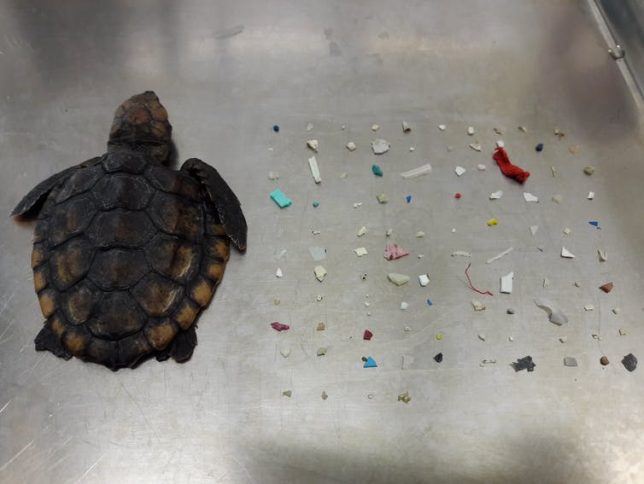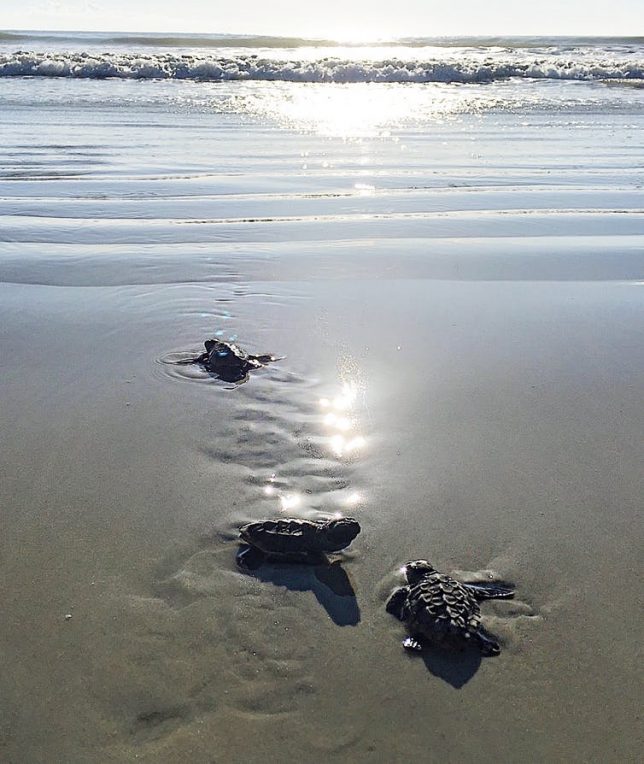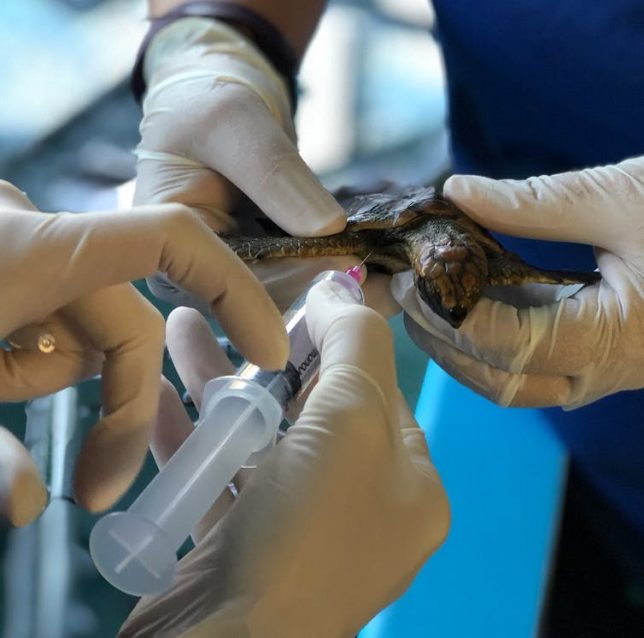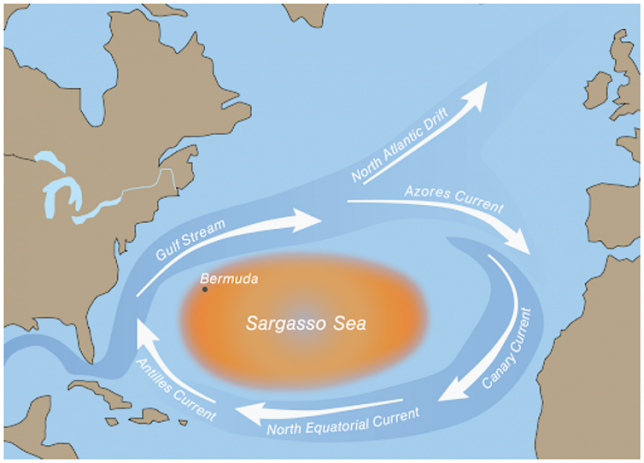The Unearthed and HuffPost report reveals the companies failed to disclose membership in at least eight Big Oil lobbies in their transparency reports.
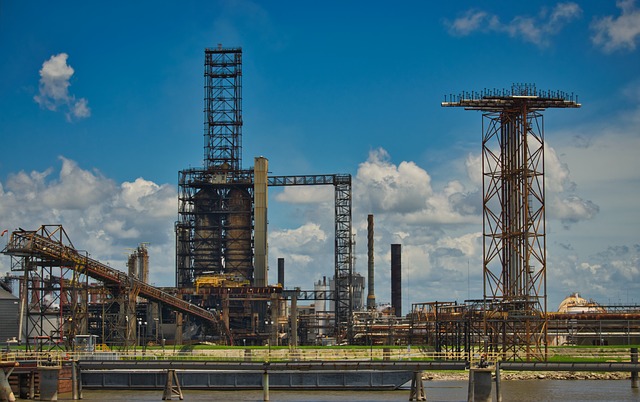
By Brett Wilkins, staff writer, Common Dreams (CC BY-ND 3.0).
Fossil fuel giants Royal Dutch Shell and BP remain active members of numerous Big Oil lobby groups fighting against climate legislation and regulation—without disclosing this in their transparency reports—an Unearthed and HuffPost investigation revealed Monday.
According to the report, Shell and BP—the world’s second- and fourth-largest oil companies by revenue last year—are members of at least eight industry trade organizations lobbying against climate measures in the United States and Australia.
New @UE and @HuffPost investigation reveals oil majors continue to play both sides – actively working with industry lobby groups to undermine climate action while making ‘green’ pledges to the public.https://t.co/pSnyufRRZt#KeepItIntheGround
— Greenpeace (@Greenpeace) September 28, 2020
Both companies support the “astroturf” group Alliance of Western Energy Consumers, which boasted that it had “defeated carbon pricing bills” in Oregon, and the Texas Oil & Gas Association, which is fighting regulation of the super-heating greenhouse gas methane in the nation’s largest oil-producing state.
Shell and BP also both back the Business Council of Australia and the Australian Petroleum Production and Exploration Association, both of which are working to undercut the country’s compliance with the Paris climate agreement. Shell also remains a member of the Queensland Resources Council, which is backing construction of the world’s largest coal mine in the northeastern state.
[Shell and BP are] trying to have it both ways, being socially responsible without changing their actual positions.”
—Robert Brulle, climate denial researcher and professor at Brown University’s Institute at Brown for Environment and Society.
The companies, which are quoted in the report, say they are trying to reform the lobby groups from the inside, and that they would review their membership in the future.
“If we reach an impasse, we will be transparent in publicly stating our differences,” BP said. “And on major issues, if our views and those of an association cannot be reconciled then we will be prepared to leave.”
Earlier this year, both Shell and BP announced in almost identical language their “ambition” to be net-zero emissions businesses by 2050. In recent years they have also very publicly quit numerous industry trade groups that fund denial of anthropogenic climate change or that fight legislation or regulation of greenhouse gas emissions, while pledging to be more transparent about their associations with lobby groups.
While some observers have praised Shell and BP for finally taking some meaningful action to combat climate change caused by carbon emissions—which Shell’s own scientists warned about nearly 40 years ago—many climate activists say the companies’ efforts are misleading, and aren’t nearly enough to avert the worst effects of catastrophic global heating.
Last week, a report from Oil Change International stated that none of the plans or pledges from eight leading oil companies including Shell and BP even come close to aligning with the 2015 Paris agreement’s goal of limiting global warming this century to 1.5 degrees Celsius.
Fossil fuel companies, despite their rhetoric, continue to put their lobbying power behind campaigns and trade groups that oppose #ClimateAction, while asking for special #COVID19 favours.https://t.co/dTLnxUf89z
— Jennifer Morgan (@climatemorgan) September 28, 2020
Read full @PriceofOil report here: https://t.co/g0M762TJma
Kelly Trout, a senior research analyst at OCI, likened oil companies to “an arsonist pledging to light a few less fires.”
Robert Brulle, a climate denial researcher and professor at Brown University’s Institute at Brown for Environment and Society, accused Shell and BP of “trying to have it both ways.”
“This is a standard business practice,” Brulle told HuffPost and Unearthed—which is Greenpeace U.K.’s investigative journalism platform. “They’re trying to have it both ways, being socially responsible without changing their actual positions.”



